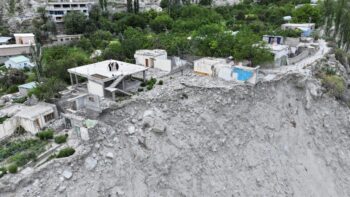The IIS invites applications for the Zahid Ali Fellowship
The fellowship is awarded every 5 years to an internationally renowned scholar working in the field of Classical Arabic Literature who will use the award to publish research on a topic of relevance to Ismaili Studies. Deadline for applications: 30 September 2025

